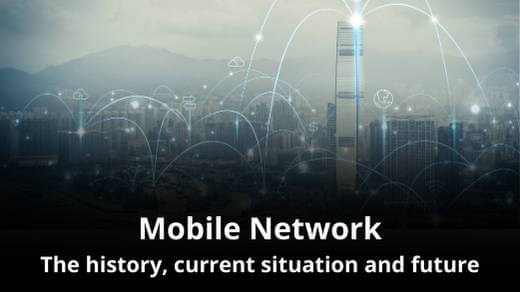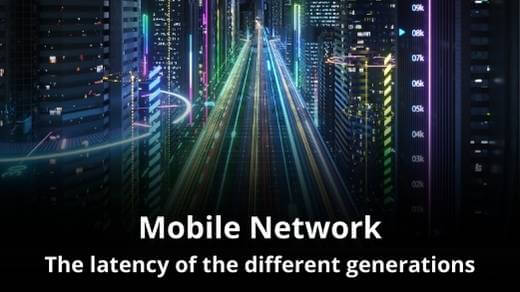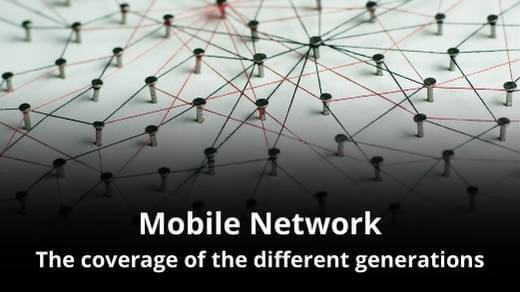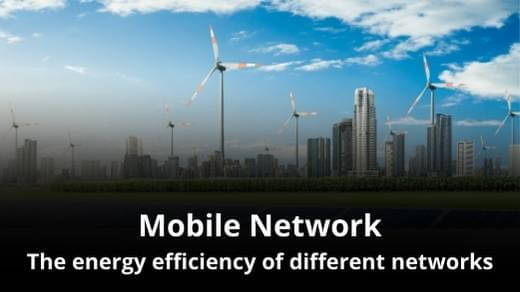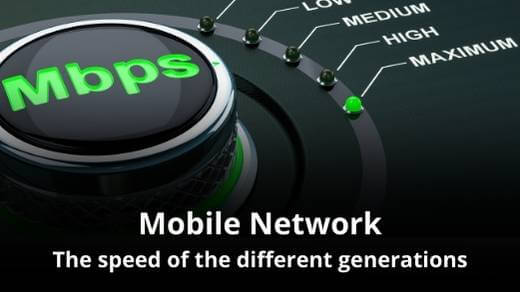The Costs of the different Mobile Networks?
The costs associated with different mobile networks generations (2G, 3G, 4G, 5G, and 6G the future generation) are multifaceted and can significantly impact your Mobile Virtual Network Operator (MVNO) business. It’s essential to understand these costs thoroughly when setting up your MVNO to make informed decisions.
What are the costs of the different Mobile Networks?
- Why do the Costs of the Mobile Network matter for Your MVNO?
- What are the Costs of the different Mobile Networks?
- What are the Costs of the 2G (Second Generation) Mobile Network?
- What are the Costs of the 3G (Third Generation) Mobile Network?
- What are the Costs of the 4G (Fourth Generation) Mobile Network?
- What are the Costs of the 5G (Fifth Generation) Mobile Network?
- What are the Costs of the 6G (sixth Generation) Mobile Network?
- Summary of the Costs of Mobile Network
Why do the Costs of the Mobile Network matter for Your MVNO?
Budgetary Constraints
Assessing the costs of different network generations is vital to align your MVNO’s business plan with your budget. Choosing a network that fits your financial resources is crucial for sustainable operations.
Pricing Strategy
Understanding the costs helps you formulate competitive pricing strategies. Balancing service quality and affordability ensures your MVNO attracts and retains customers in a competitive market.
Partnerships and Negotiations
Knowing the costs helps you negotiate better deals with network operators. Understanding the expenses involved enables you to make informed decisions during partnership negotiations.
Technology Adoption
Consider the costs when deciding whether to adopt newer technologies. While advanced networks offer superior services, they come at a higher price. Evaluate whether the benefits justify the investment.
Long-Term Viability
Evaluating costs in the context of your revenue projections ensures your MVNO’s long-term viability. Managing costs efficiently is essential for profitability and sustained growth.
ROI Considerations
Assessing the costs against potential returns on investment (ROI) helps you gauge the financial viability of your MVNO. It guides your decisions regarding technology adoption and market positioning.
What are the Costs of the different Mobile Network?
Here’s a breakdown of the costs and their importance for your MVNO:
1. What are the Costs of the 2G (Second Generation) Mobile Network?
2. What are the Costs of the 3G (Third Generation) Mobile Network?
3. What are the Costs of the 4G (Fourth Generation) Mobile Network?
4. What are the Costs of the 5G (Fifth Generation) Mobile Network?
5. What are the Costs of the 6G (sixth Generation) Mobile Network?
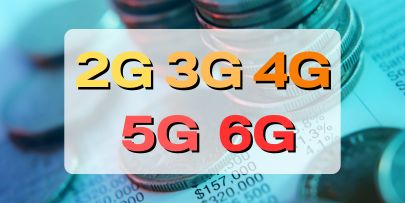
What are the Costs of the 2G (Second Generation) Mobile Network?

Operating Costs
Operating 2G networks typically incur lower costs due to the simplicity of the technology. Maintenance and energy expenses are comparatively lower than newer generations.
Spectrum Costs
Acquiring spectrum for 2G networks might be more affordable in some regions due to its older technology status and lower demand compared to 3G, 4G, or 5G.
Infrastructure Costs
2G infrastructure costs are relatively lower compared to newer generations. Technology is mature and widely available, leading to cost-effective equipment and devices.
What are the Costs of the 3G (Third Generation) Mobile Network?

Operating Costs
3G networks have higher operating costs due to increased complexity. Maintenance, energy consumption, and network optimization efforts contribute to higher operational expenses.
Spectrum Costs
Acquiring a 3G spectrum can be expensive in some regions, especially in densely populated areas where demand for data services is high.
Infrastructure Costs
3G infrastructure requires more sophisticated equipment and technologies, leading to higher initial setup costs. Upgrading from 2G to 3G might require significant investment.
What are the Costs of the 4G (Fourth Generation) Mobile Network?

Operating Costs
4G networks offer a balance between speed and efficiency, leading to manageable operating costs. Upgrades might be necessary to keep up with evolving technologies and user demands.
Spectrum Costs
Acquiring a 4G spectrum can be expensive, especially in regions with high data usage demand. Governments auction spectrum licenses, and the costs depend on market demand and regulatory policies.
Infrastructure Costs
4G infrastructure investments are substantial due to advanced technologies like LTE and MIMO (Multiple Input, Multiple Output). However, these costs often result in higher efficiency and data speeds.
What are the Costs of the 5G (Fifth Generation) Mobile Network?

Operating Costs
5G operating costs could be higher due to the complexity of the technology. Network optimization, energy-efficient solutions, and regular upgrades are essential to manage operational expenses.
Spectrum Costs
Acquiring 5G spectrum can be extremely expensive, especially in regions where governments auction limited licenses. The high demand for 5G services often drives up spectrum costs.
Infrastructure Costs
5G infrastructure investments are significant due to technologies like mmWave, massive MIMO, and network slicing. The costs are higher, but 5G offers unparalleled data speeds and low latency.
What are the Costs of the 6G (sixth Generation) Mobile Network?

The 6G technology is still in the early stages of research and development, and specific cost details for its implementation have not been defined. The costs associated with 6G networks will depend on various factors, including the complexity of the technology, infrastructure requirements, research and development expenses, spectrum allocation, and regulatory considerations.
However, based on the trends observed in previous generations of mobile networks, it can be anticipated that the implementation of 6G technology will likely involve substantial investments due to the advanced features and capabilities it aims to deliver, such as terabit speeds, holographic communication, advanced AI integration, and seamless connectivity in extreme environments.
When considering the costs for 6G networks for your MVNO in the future, it’s essential to keep the following factors in mind:
Infrastructure Investments
6G networks will require significant investments in infrastructure, including advanced antennas, base stations, and network equipment capable of handling terabit speeds and massive device connections.
Research and Development
The research and development phase for 6G technology involves substantial costs. Companies and research institutions invest heavily in exploring new technologies, algorithms, and communication protocols to realize the vision of 6G.
Spectrum Costs
Acquiring spectrum licenses for 6G frequencies can be costly. Governments typically auction these licenses to mobile operators and other entities, contributing to the overall investment required.
Regulatory Compliance
Meeting regulatory standards and compliance requirements set by telecommunications authorities involves costs related to testing, certification, and adherence to international standards.
Energy Efficiency
Developing energy-efficient solutions and green technologies will be a focus for 6G networks. Investments in energy-efficient components and practices are crucial for sustainability and reducing operational costs.
Partnerships and Collaborations
Collaborative efforts with technology providers, research institutions, and other stakeholders might involve financial commitments to access expertise and resources necessary for the development and deployment of 6G networks.
Summary of the Costs of Mobile Network
Considering the costs of different network generations is pivotal for shaping your MVNO’s business strategy. It enables you to make cost-effective choices, ensuring your MVNO remains competitive, profitable, and capable of meeting customer demands. As an MVNO, staying updated on developments and collaborating with established mobile network operators and technology partners will be essential for planning your network and assessing the associated costs effectively.
